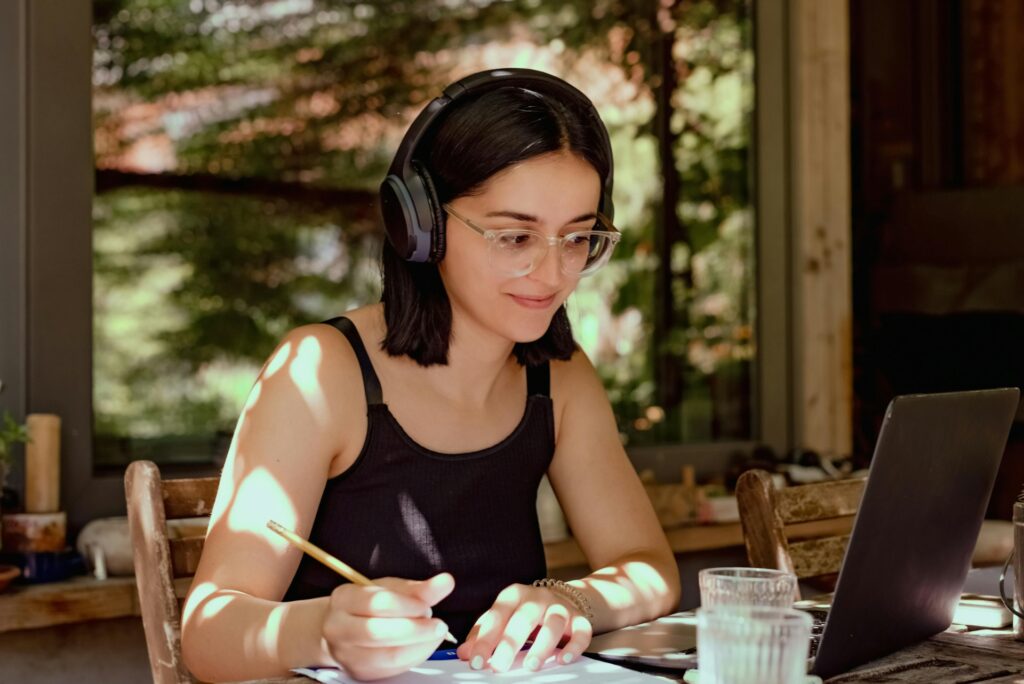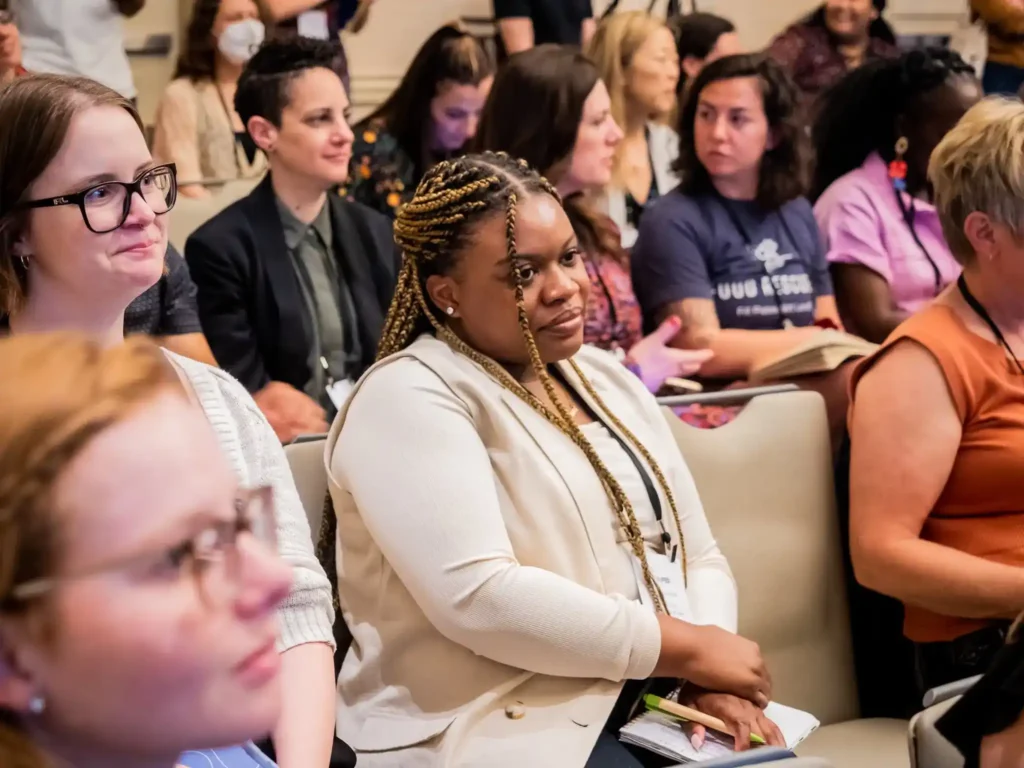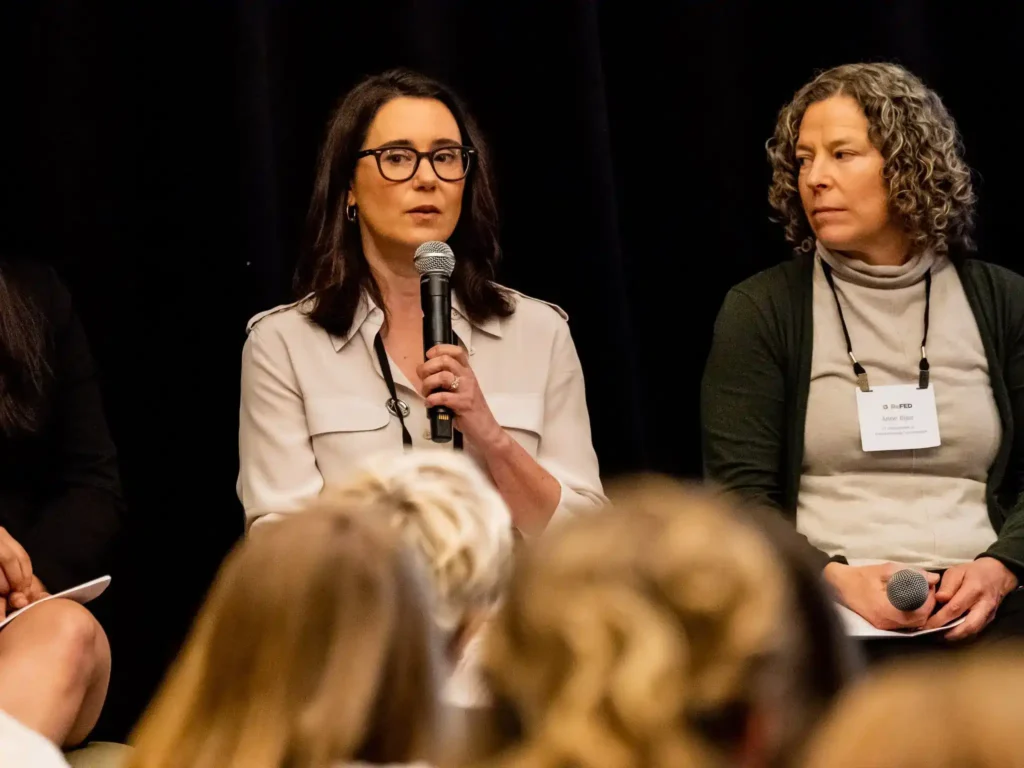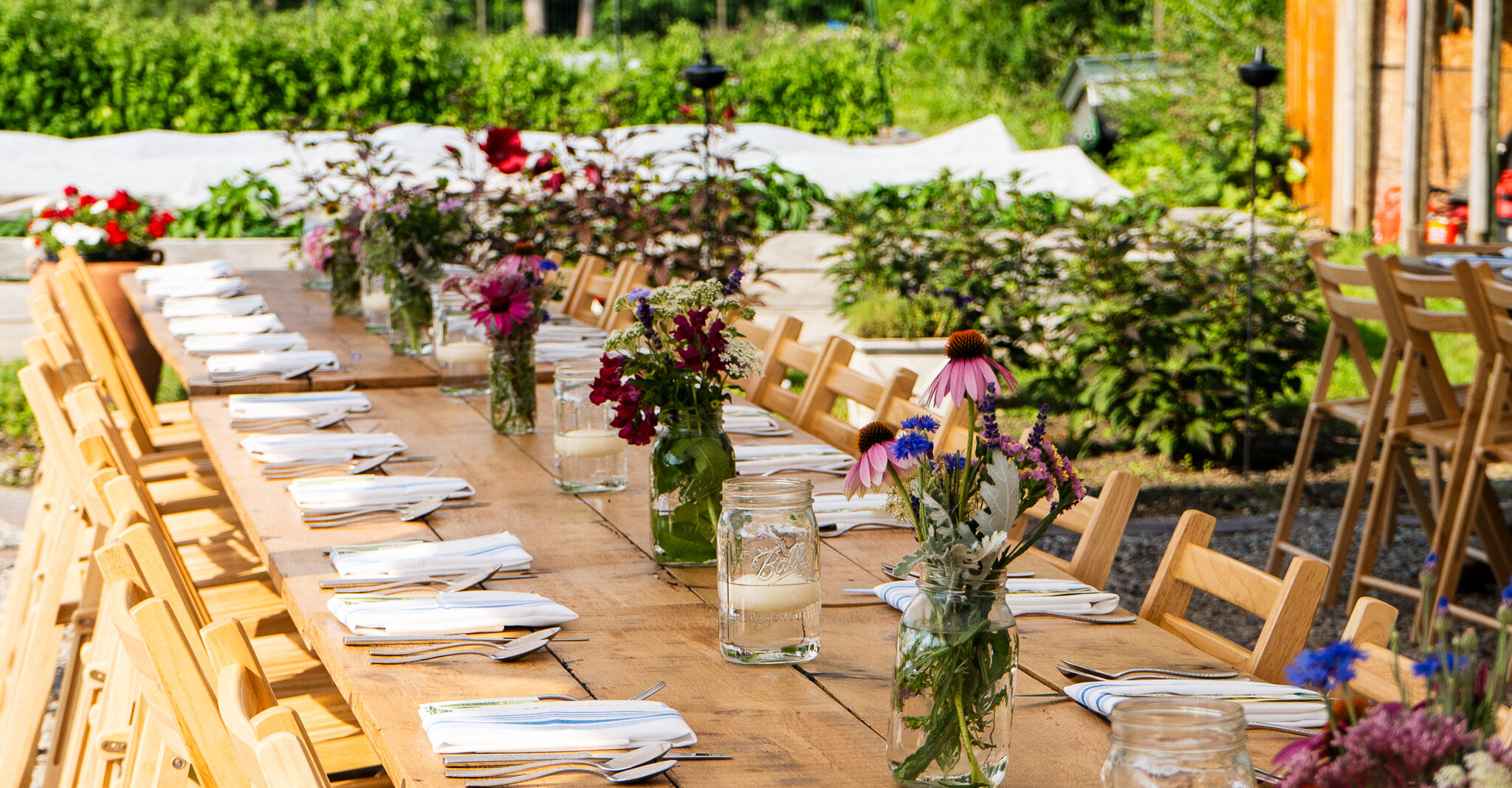By now, kids that are going back to school are back, and all across the U.S., school lunches are once again being packed in the morning. And, at the end of the day, being unpacked and dumped into the garbage (or hopefully compost!). Now the time you took to carefully pack a meal and the food itself has gone to waste. What’s going on?
- You “wish-packed.” Wouldn’t it be great if your child ate whole wheat turkey roll-ups, fruit, vegetable slices, and low-fat cheese? Well, they don’t eat that at home so why would they eat it away from home? Strike a balance between nutrition and your child’s preferences, and involve them in choosing what goes in the box.
- The food was “gross.” Food that is popular at home can fall flat at school — why? One reason could be the heat. Warm bananas that get bumped around will get brown and too soft by lunchtime. Sandwiches with mayo or deli meat might be smashed and “slimy.” And more delicate berries may get crushed. Invest in some cooler packs or pack sturdier food to help it stand up to all the jostling that goes on in the morning.
- It was just too much. Yes, kids come home from school very hungry so it can be tempting to pack a little extra for lunch. But with lunch periods becoming shorter and distractions in the cafeteria, it’s unlikely your child will be able to eat much more than what they eat at home for lunch.
- The packaging was too hard to open. Little kids can have a hard time opening containers, or even peeling a banana. And with fewer staff members in the lunchroom, adults don’t always notice a student struggling. Check the packaging at home to make sure your child can easily get into what you’re sending.
- Lunch happens at a “strange” time. My daughter’s lunch period is at 10 am — a little close to breakfast but far away from when she returns from school. That often means she isn’t hungry enough to eat her whole lunch but doesn’t have the time to finish the rest later. Or, a class may offer snack time in the morning close to lunch. Consider voicing your concerns to the school or school board to understand if there are easy solutions.
But the best thing you can do is talk with your child. Hear directly what is happening and listen for ideas about how to make lunches more likely to end up in a belly than the trash. It’s great for your wallet and your sanity!





